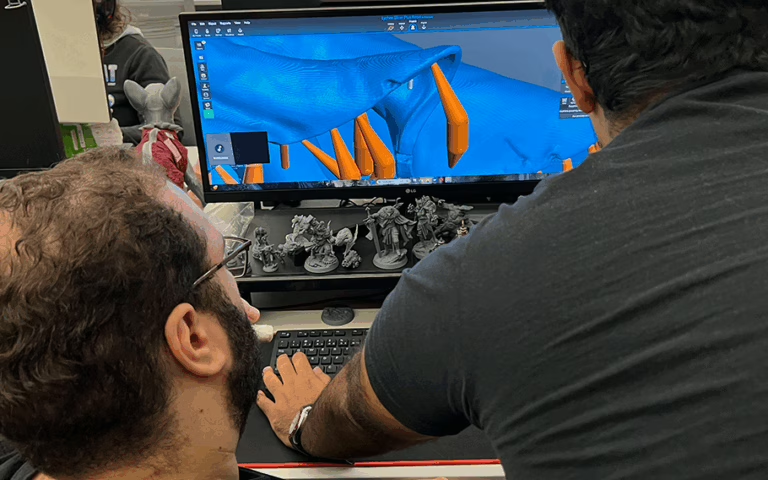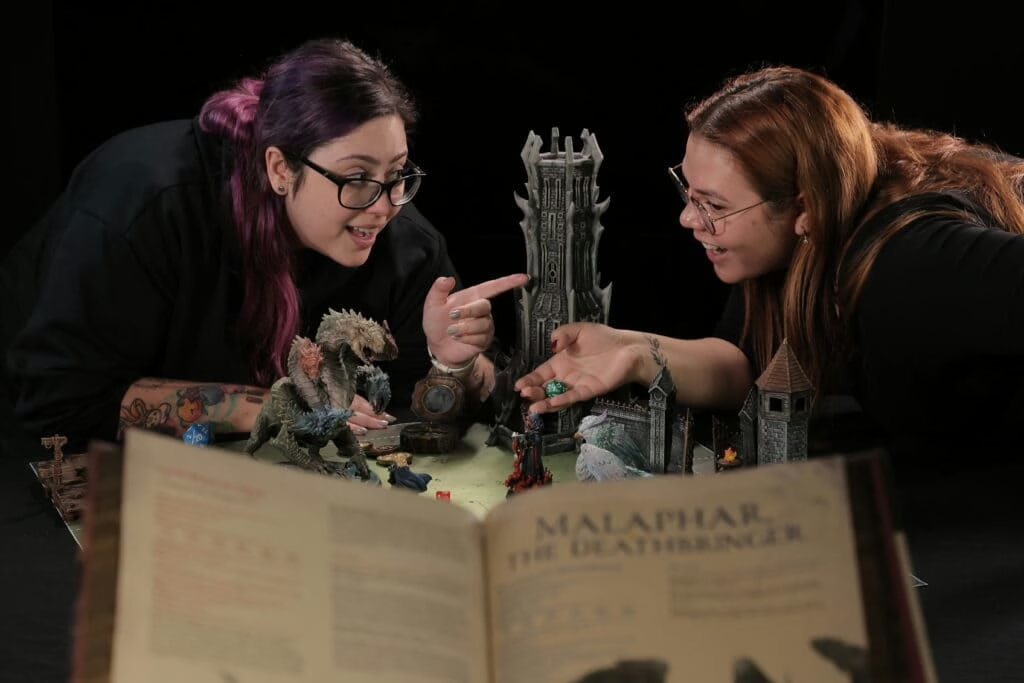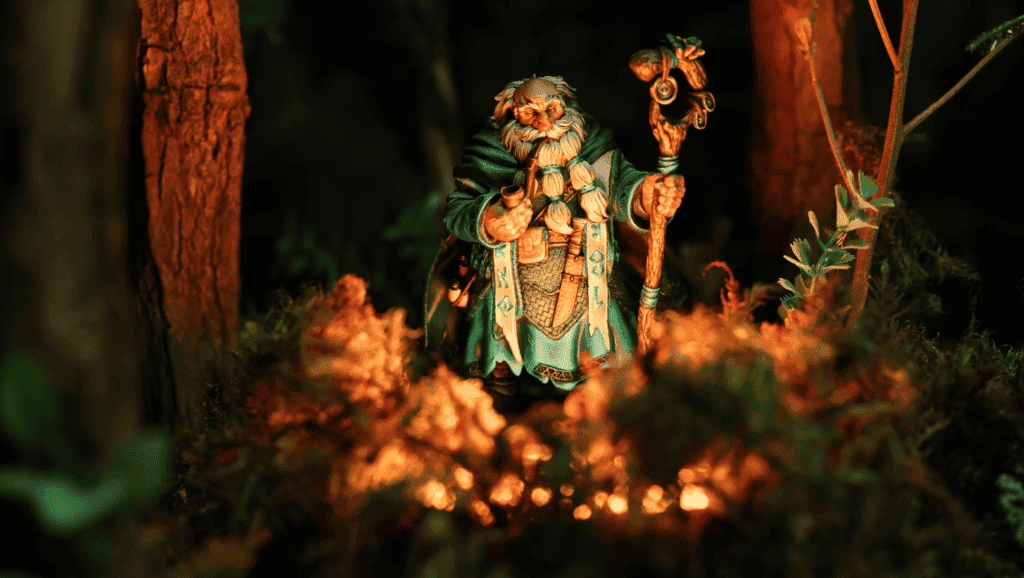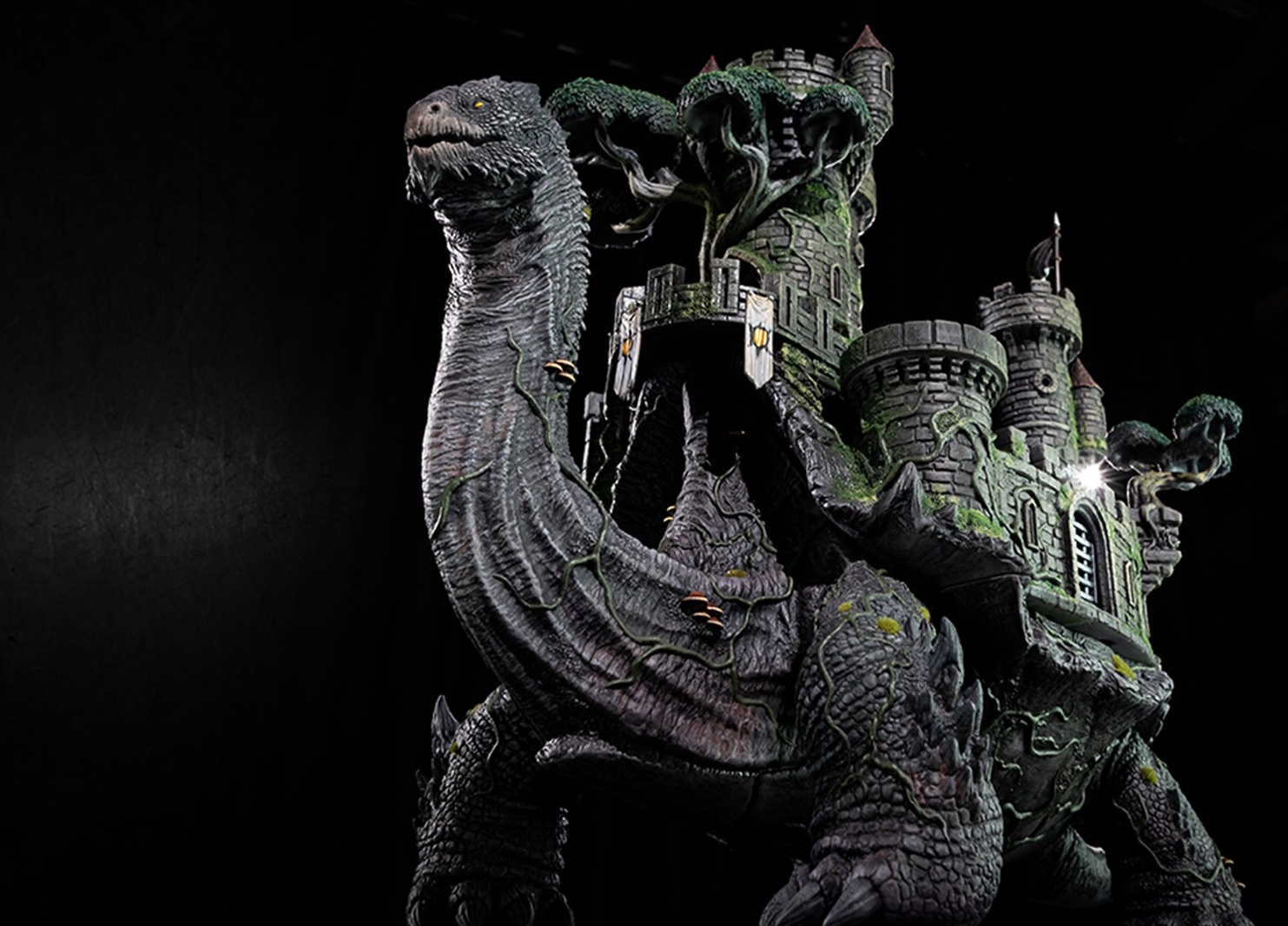From Creative Block to Creative Break: How to Know When to Step Away From the Paintbrush
And Why It Is Important to Take a Break Once in a While

Every miniature painter — or artist — has been there: you sit down at your desk, ready to bring that new resin miniature to life, but suddenly your mind goes blank. The colors don’t look right, the brush feels heavy, and inspiration is nowhere to be found. That’s a creative block, and it can feel like an immovable rod is blocking your way.
But here’s the twist: not every slowdown is a block. Sometimes what you really need is a creative break. Knowing the difference between the two can help you recharge, improve your life quality, and return to your tabletop projects more inspired than ever.
What is Creative Block
Let’s start with the basics. Creative block is when your ideas stop flowing and your motivation takes a nosedive. You sit in front of your minis, but nothing feels right. You may even start asking yourself questions like: “why do I have a creative block? And why now?”
Well, having a creative block is completely normal. It doesn’t mean you’re not talented or dedicated. It usually happens because your brain is overloaded and overwhelmed. Your stress levels are high, or you’ve been painting nonstop without giving yourself space to rest.
Think of it like painting a miniature without priming it first. No matter how much effort you put in, the paint won’t stick properly. Your creativity works the same way—it needs a proper base coat of rest, balance, and mental clarity to shine. Hence, you need a creative break.

What is a Creative Break
Unlike a block, a break is intentional. It’s you saying: “I’ll step away for now so I can come back stronger.”
A creative break could be anything that refreshes your energy. Taking a walk, reading a fantasy novel for inspiration, doing some house chores, playing with your pet; even doomscrolling can help you in times of need. Just don’t do it too much, it’ll melt your brain.
The purpose is not to abandon your hobby, but to recharge your creative batteries, take a step back, refresh, and, when you return to your art, you’ll see with other perspectives.
In fact, studies in psychology suggest that taking breaks improves life quality, focus, prevents burnout, and increases productivity. In other words, giving yourself permission to pause can actually make you a better painter in the long run.
And this works for everything, actually. Taking breaks, not only for creative purposes, but also for work, for instance, can help you feel less “addicted” to your project; it helps you see what you were missing in the first place.
Writers, like myself, often need to take creative breaks from their texts from time to time. See, when you write something for the first time, it’s hard to spot misspellings or some grammar mistakes, for example. Taking a step back and returning after a while, helps us to see the text differently and spot those mistakes more clearly. And even change some paragraphs because we’ve come up with better ones.
Why Does Creative Block Happen
OK, but what is the cause of it? Why does it happen? There is no single answer, but here are a few common culprits:
- Perfectionism – Wanting every brushstroke to be flawless can paralyze your progress.
- Overwork – Painting for hours without rest might drain your mental energy instead of fueling it.
- Lack of Inspiration – Sometimes, you just need new input: a different color palette, a new miniature, or a campaign story.
- Stress & Lifestyle – Sleep, hydration, and relaxation directly affect your creativity. When life quality is low, creative flow tends to suffer.
How to Take a Creative Break
Understanding the “why” behind your block is the first step toward breaking it. It’s important to know what needs to rest: is it your body? Your mind? Both? The trick is to combine small changes with intentional breaks.
Here are some practical strategies:
- Change Your Focus – If painting feels overwhelming, shift to assembling minis or researching lore for your next campaign. You’re still engaged with the hobby, just differently.
- Set Micro-Goals – Instead of thinking “I need to finish this entire army,” set a goal like “I’ll paint the boots of this one character today.” Small wins fuel momentum.
- Embrace Imperfection – Ask yourself: would I rather have a finished mini that isn’t 100% perfect or an unpainted mini forever stuck in my backlog?
- Revamp Your Space – Sometimes all you need is a little desk reorganization, new lighting, or background music to spark motivation.

How Can I Improve My Life Quality with a Creative Break
Painting miniatures is supposed to be fun, but if it’s stressing you out, your quality of life might be slipping. Taking creative breaks helps you:
- Reduce Stress – Stepping away gives your mind time to reset, lowering anxiety levels.
- Boost Inspiration – When you come back, fresh ideas often flow more easily.
- Balance Your Lifestyle – By alternating between painting and other enjoyable activities, you create a healthier rhythm.
- Invest in Yourself – Never underestimate the basics: good sleep, proper hydration and meals, and exercise. You’ll need your spine and your hands if you want to keep painting, friend. Don’t compromise your body.
Some painters like to schedule a break after finishing each miniature. Others might step away for a day and return with renewed enthusiasm. What matters most is finding the balance that works for you.
Be Mindful about Repetitive Strain Injury (RSI)
When you’re too caught up in an activity every day for multiple hours, your body lets you know. A Repetitive Strain Injury happens when small, repeated movements gradually put too much pressure on your nerves, muscles, tendons, and ligaments, leading to damage over time.
I, too, wish I could spend hours and hours painting minis for days. However, in order to allow your body to continue painting, and also keeping your mind sharp, you need to take frequent breaks: to stretch your body and rest your head.
You can try any kind of exercise, actually. It’ll oxygenate your brain, get you ready for another round and keep your body strong, so you can paint minis for longer periods.
Here are some Yoga Poses to Prevent RSI that you can try first, if you’re not that much of a “move your body” kind of person.
Final Thoughts
The next time you feel stuck at your painting desk, don’t panic. Ask yourself: Is this really a creative block, or do I just need a creative break? Do I need a break for my head or for my body? Recognizing the difference is the first step toward protecting your creativity—and your life quality.
Hobbies, no matter what kind, should always feel like a source of joy, not stress. By listening to your mind, taking intentional breaks, and giving yourself space to recharge, you’ll find that the ideas return naturally. And when they do, you’ll be ready to bring every detail of your tabletop worlds to life, one brushstroke at a time.
Now… It’s time for this author’s break.
Loot Studios can help you tell your story through highly detailed miniatures. Choose your favorite bundle from our previous releases or sign up for Fantasy or Sci-Fi to receive a new bundle every month. You can also check out some tips at our YouTube Channel.


